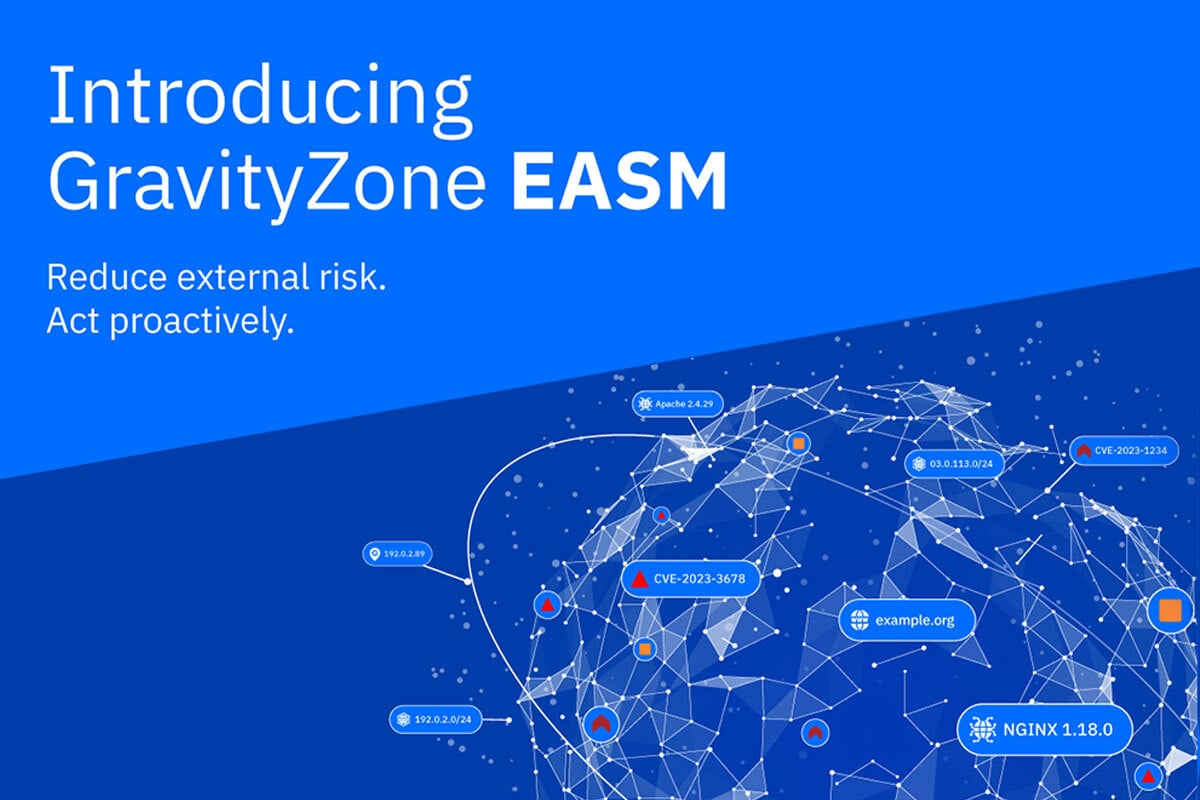Top 5 Best Practices for Implementing Cloud Security Posture Management (CSPM)

The multi-cloud world has led to incredible innovation across nearly every aspect of business and our lives. Unfortunately, organizations can’t just extend existing security coverage to cloud service providers (CSPs) in a simple or consistent way. Enterprise cybersecurity teams need a new solution – built specifically for the cloud – that gives them the visibility and control they need to enable safe, reliable cloud access wherever users log in.
This is where cloud security posture management (CSPM) comes into play. This technology can provide an integrated viewpoint – allowing cybersecurity teams to ensure the organization is always protected from threat actors as it continues to drive innovation through the multi-cloud ecosystem.
Shaking Up Cybersecurity Challenges and Opportunities Through Cloud Expansion
The move to the cloud was supposed to be seamless. CSPs promised that if an organization moved their data to the cloud, they would manage it for them, secure it, back it up and ensure ubiquitous access for any authorized entity that needed to connect. And nearly everyone took them up on their offer. According to the Thales Group, 60 percent of all data is now stored in the cloud, and that percentage is only growing.
Cloud transformation soon gave rise to an explosion of cloud services – thousands of apps, tools, and APIs that connect to enterprise data to provide a specific function. These services manipulate data. They back it up and move it around. They analyze it, put it into context, and spit out powerful insights that streamline processes and drive business decisions. Cloud transformation, powered by these services, has spurred innovation around the world and across industries – pushing society forward through artificial intelligence (AI), machine learning (ML), large language models (LLM), and other powerful data-driven technologies.
However, the incredible scalability and openness of the cloud has its downsides – particularly when it comes to security. Today’s threat actors understand that data access drives business agility, and they scour the internet for unsecured and under-secured connections that they can use to gain access to a remote, often forgotten end device, application, cloud storage pool, or Software as a Service (SaaS) account. From there, they can spread across the network in search of more tempting targets.
As organizations have moved from a single cloud to multi-cloud environments that extend across CSPs, private data centers and other dynamic resource pools, separating legitimate access requests from malicious attempts to breach the network is getting harder. The cloud is a technology that was meant to bring people, data, and technology together, but it has often led to disastrous security gaps that lead to disruptive downtime, exorbitant ransom demands, and embarrassing data breaches.
Taking an Outcome-Focused Approach to Cybersecurity
Unfortunately, organizations are learning that they can’t simply extend the same security tools they used to protect on-premises data centers to the cloud. The scale and accessibility of the cloud makes that impossible. Nor can they continue to rely exclusively on CSPs ability to secure these new workloads that are increasingly moving between CSPs and private data centers as networks blend together and become more agile.
CSPM tools can provide the level of visibility and control needed to overcome the challenges presented by this complex ecosystem. Here are five best practices to follow when implementing a CSPM solution:
1. Look for Seamless Integration for the Team and Tech Stack
Cloud security is extremely complex and typically requires extensive domain expertise to apply security controls appropriately and at scale. But not everyone on your team has this experience. Nor do you have the time or resources to hire or develop cloud expertise in house. Look for a CSPM platform that can be used by team members with varied expertise and abilities. It should be able to work right out of the box with little configuration and integrate seamlessly with your existing security stack and cloud monitoring tools. Most importantly, your CSPM solution should provide relevant context into developing events and provide level-appropriate instructions or recommendations for resolving issues.
2. Don’t Forget IAM
Most of the risk in the cloud revolves around identify and access management (IAM). Organizations need to know who is accessing IT assets and why. Not knowing this can be disastrous and allow a malicious actor to gain unauthorized access to the network. On the other hand, your CSPM platform should provide this information without limiting legitimate business activity. Speed to market and the ability to make quick decisions in the moment are key cloud drivers, and you don’t want to cut your business users off at the knees as they are tasked with moving fast and driving innovation.
3. Keep it Actionable and Outcome-Driven
It’s important to remember that visibility in itself is not the goal. Complete visibility enables you to take actions based on information put in the right context. Take an outcome-driven approach by focusing your CSPM search on those you want to achieve: zero downtime, no data breaches, compliance with a particular industry regulation, for example. Then decide how your CSPM platform can align specific security controls in the cloud with those desired outcomes and give you actionable recommendations for accomplishing your goals.
4. Build a Program Around CSPM
Cloud security isn’t the sole responsibility of the cybersecurity team. The entire organization needs to act in a way that keeps the organization safe from cloud-based threats. The cybersecurity team should consider a platform that features a set of CSPM tools to create guardrails around safe use of cloud resources that the DevOps team and application owners can use as they create new business tools, spin up cloud environments or scale additional capacity. This platform should integrate seamlessly with other tools – such as Jira (issue management),, or Microsoft Teams (communication tool) – and work together with other critical processes.
5. Take One Step at a Time
Finally, it’s important to remember that cloud transformation is a long journey. Break down your cloud security strategy into manageable bits that you can build milestones around and measure business impact. Don’t be afraid to tackle low-hanging fruit first, so you can show progress and value to business users while mitigating risk. Pick a project that is critical, has high visibility, or is currently blocking a key objective. Once you’ve shown that initial value, it should be easier to scale organization wide and build out a culture of cloud security that maintains good cyber hygiene across the organization.
Summary
The cloud has transformed business but comes with its own security risks. The sheer scale and importance of open, seamless access creates dangerous security gaps across the organization. The right CSPM platform can provide complete visibility into cloud operations, allow you to map security controls to business objectives, and offer actionable insights to close these gaps and enable secure application access wherever you do business.
Download CSPM: A Pragmatic Approach to Closing the Cloud Security Gap to learn more about how Bitdefender Cloud Security Posture Management (CSPM) can improve cloud security across your organization. 
tags
Author

Raphaël Peyret is the Vice President of Product at Horangi Cyber Security, a Bitdefender company. He is an innovation enthusiast with an engineering and international background.
View all postsRight now Top posts
FOLLOW US ON SOCIAL MEDIA
SUBSCRIBE TO OUR NEWSLETTER
Don’t miss out on exclusive content and exciting announcements!
You might also like
Bookmarks










